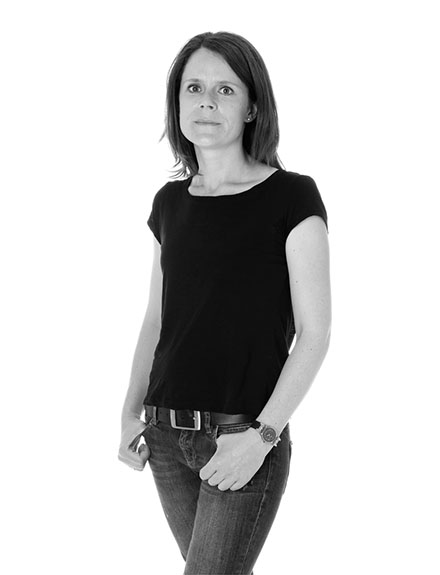| marie-hélène le ny |
|
photographist |
|
From microorganisms to humans, they can all be affected by environmental pollutants produced by human and industrial activities leading to modification of our ecosystem. I currently work in an ecotoxicological research laboratory where we assess the impact of such pollutants. Our interest is focused on the effects of household products rejected in wastewaters and ending in sewerage plants, or former industrial sites highly polluted by heavy metals, or still in the impact of nanoparticles. In nanoparticulate form, the dioxide of titanium - used in numerous domestic products-, present a higher surface of reactivity and it induces a cellular death of bacteria but it destroys, for example, a part of the microorganisms which are necessary in sewage sludge for the wastewater cleaning.” |
|
||
|
Bénédicte
Sohm |
|||
|
|
|
|
